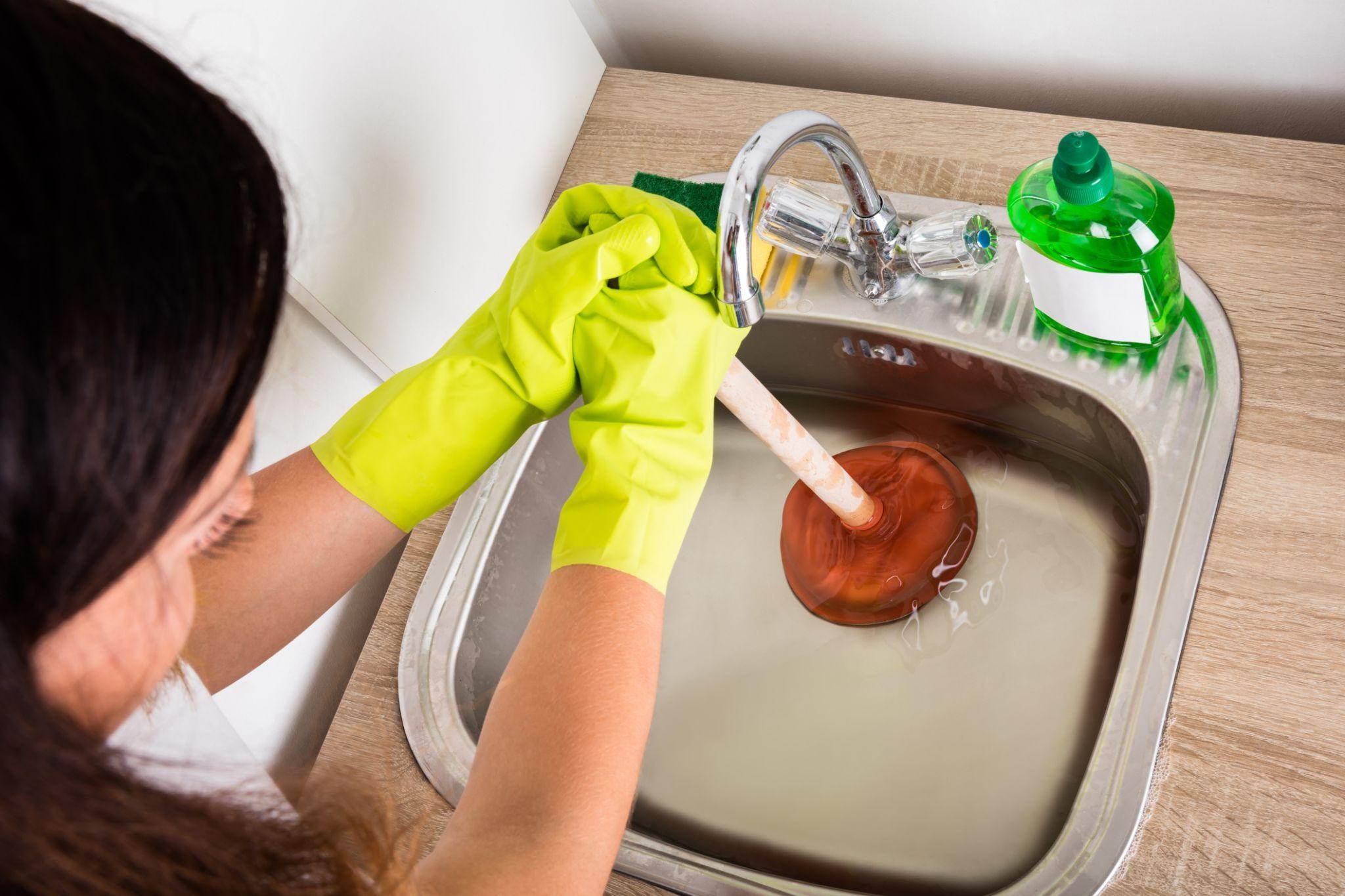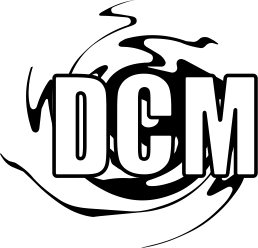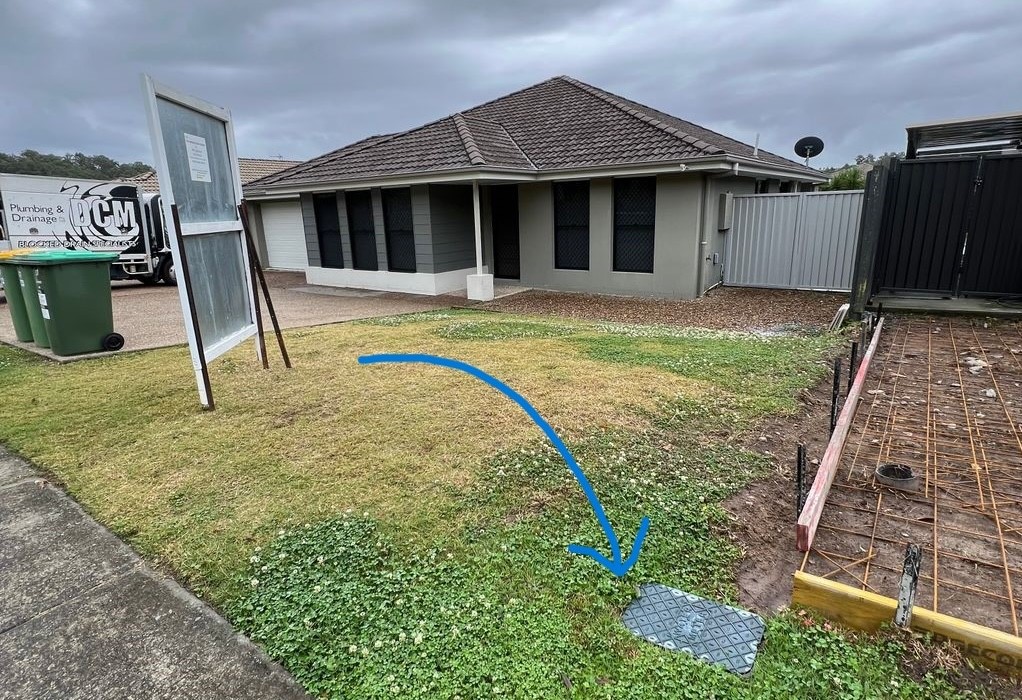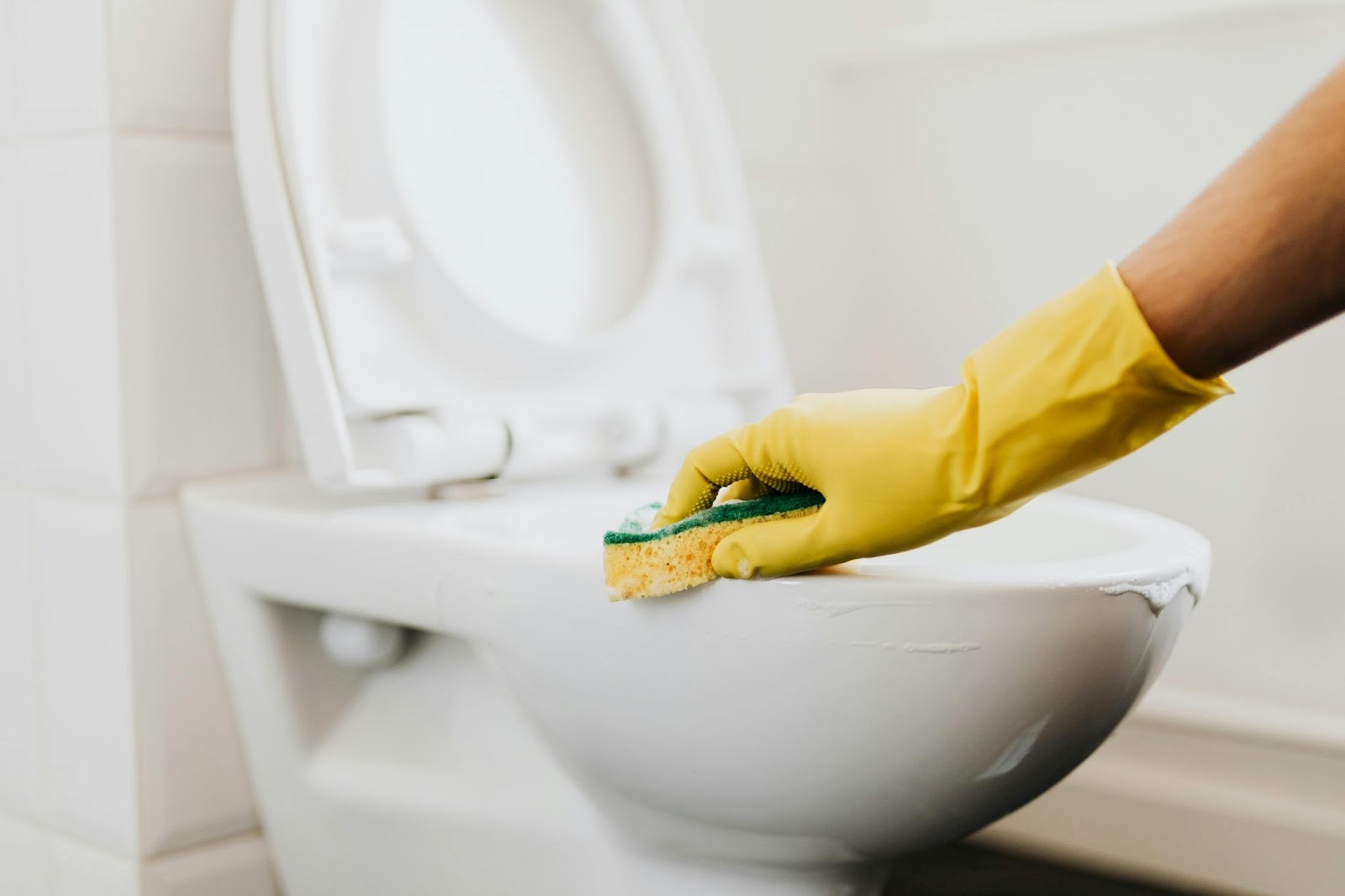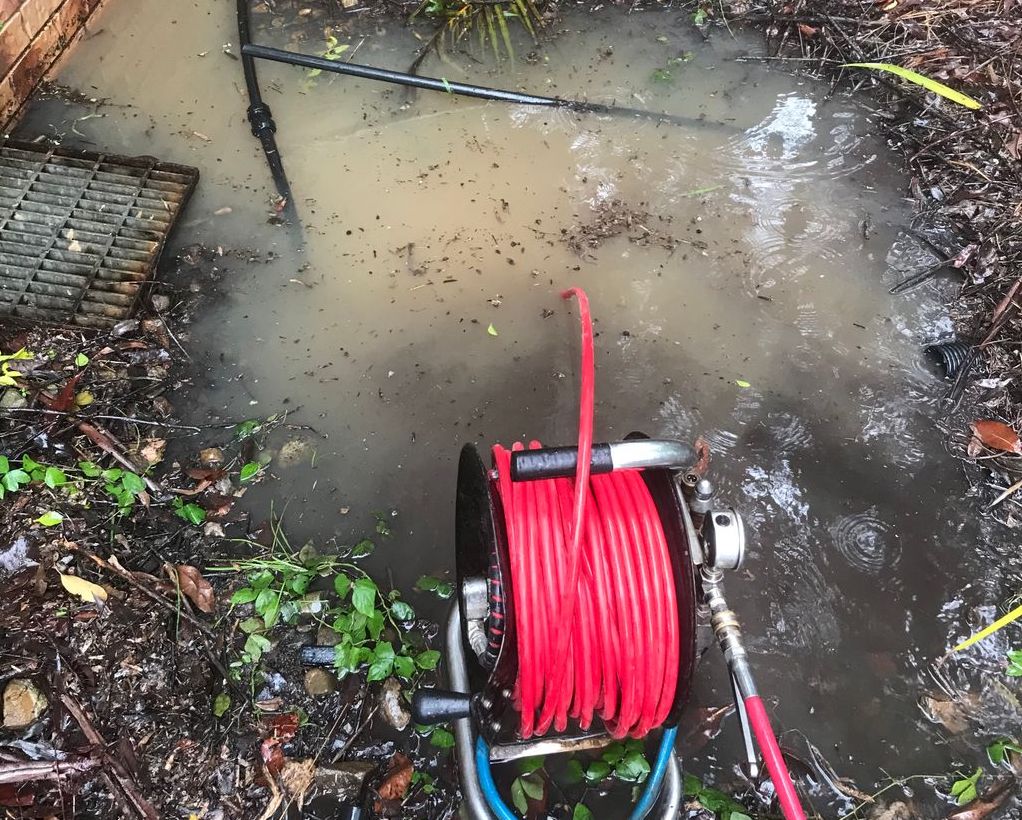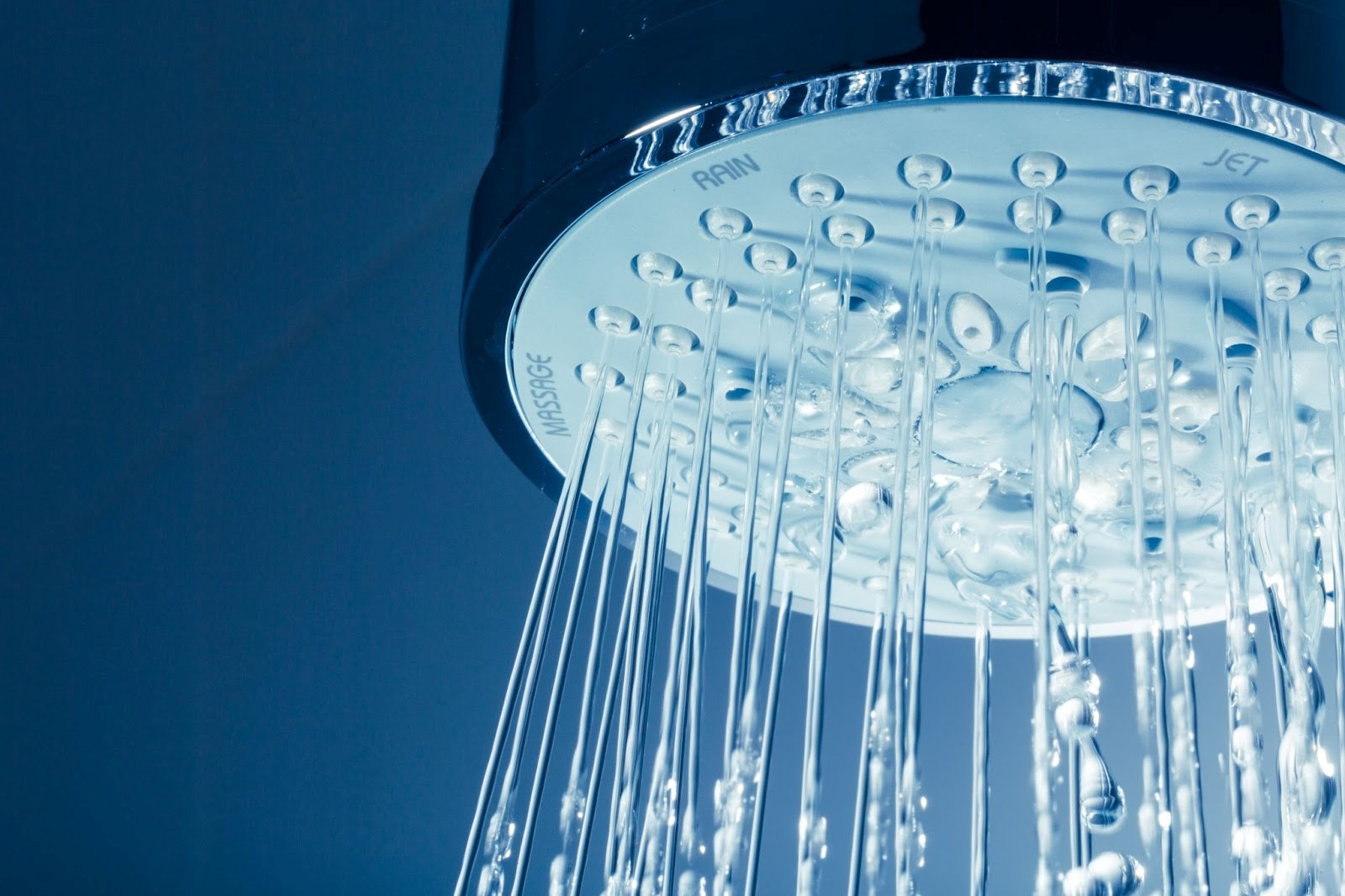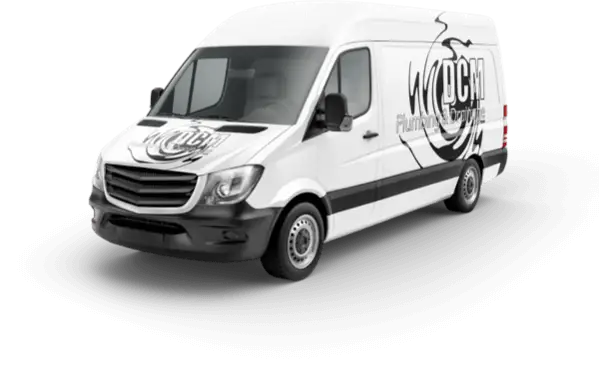Want to learn how to unblock a sink? This article walks you through 6 easy, DIY methods to unblock your sink in a hurry.
Dealing with a blocked sink can be frustrating, but with the right approach, it’s a problem you can often solve without professional help. We’ll help you make sure your sink drains as good as it did when you first installed it!
DCM Plumbing is a leading plumber on the Gold Coast and blocked drains expert. If you need plumbing services of any kind such as leak detection or burst pipe repairs, contact us today.
6 Ways to Unblock Your Sink Today
As professional plumbers with 37+ years of experience, we’ve seen our fair share of blocked sinks. Here are 6 tried and tested methods to unblock your sink yourself today, based on our years of experience!
Method 1: Boiling Water
- Boil a pot/kettle of water.
- If you have PVC pipes, let the water cool slightly.
- Slowly pour the water directly into the sink drain.
- If the blockage persists, repeat or try adding dish soap for extra grease-fighting power.
How it works:
The intense heat of boiling water helps to melt and dislodge common organic blockages like grease and soap scum.
Method 2: Bicarbonate of Soda and Vinegar
- Pour a cup of baking soda into the drain.
- Follow with a cup of white vinegar.
- Allow the mixture to fizz and work for several minutes.
- Boil a pot/kettle of water and pour it down the drain to flush out the mixture and any loosened debris.
How it works:
The chemical reaction between baking soda and vinegar produces gas which creates a fizzing action. This helps to break down and loosen blockages in your sink.
Method 3: Caustic Cleaners
- Carefully read and follow the instructions on the caustic cleaner.
- Pour the recommended amount into the drain.
- Leave it for the specified time to break down the blockage.
- Flush thoroughly with cold water.
- Avoid using if you have PVC, old, or glued pipes.
Why it works:
These cleaners contain strong chemicals that dissolve organic materials like hair and food scraps, clearing the blockage. Using these chemicals too often can damage your pipes, so only use this method when strictly necessary.
Method 4: The Trusty Plunger
- Place the plunger over the drain to create a seal.
- Pump the plunger with short, sharp movements.
- After several pumps, check if the water drains smoothly.
- Repeat if necessary, adjusting the seal and pressure.
Why it works
The suction and pressure created by the plunger dislodge blockages by physically moving them along the pipe.
Method 5: The Wire Hanger
- Unbend a wire hanger and create a small hook on one end.
- Gently insert the hook into the drain.
- Fish around for debris and pull out any blockages.
- Be careful not to push the blockage further down.
Why it works:
Quite straightforward – the hook on the end of the wire hanger can physically grab and remove debris causing the blockage.
Method 6: Manually Clear Out the U-bend
- Wear old clothes and rubber gloves, and place towels under the sink with a bucket nearby to catch drips.
- Locate the U-bend under the sink, slowly unscrew it with a shifter spanner to let water drip into the bucket, then completely remove it.
- Take it to another sink or outdoors, and clean it thoroughly using a wire coat hanger, warm water, and disinfectant spray.
- Reconnect the U-bend using the shifter spanner and test for leaks by running water. If there’s a leak, reattach it again.
Why it works:
Manually clearing the U-bend allows you to physically remove blockages and thoroughly clean the pipe, ensuring the removal of any debris causing the clog.
What Causes a Blocked Sink?
There’s no use in just learning how to clear a blocked sink, you need to also understand the cause, and then prevent it from happening again. There are many causes of blocked sinks, and usually, a drain clogs when a couple of these causes happen at the same time. The various causes of the clogs will vary depending on whether you have a blocked drain in the kitchen sink, bathtub, shower, or toilet.
Grease or Cooking Oil
Grease and cooking oil stick to pipe walls, leading to potentially severe clogs. Prevent this by disposing of oil in the bin or using hot water and dish soap to dissolve it before it solidifies in the pipes.
Hair
Hair accumulates and tangles, causing blockages in showers and basins. Brush hair before showering and use a quality hair catcher to prevent it from going down the drain.
Wet Wipes and Non-Flushables
Items like wet wipes and nappies don’t break down like toilet paper, leading to severe blockages (yes, even so-called “flushable wet wipes”). Only human waste and toilet paper should go down the toilet!
Food Scraps
Food scraps can accumulate and cause blockages. Use a basket waste or sink strainer plug to catch food scraps before they enter the drain.
Trees and Leaves
Leaves, twigs, and tree roots can block storm drains. Regular cleaning, leaf guards, and proper landscaping can prevent this.
Mineral Build-Up
Hard water can lead to calcium build-up in pipes. Use water softeners, vinegar solutions, and regular drain cleaning to manage this.
Cat Litter
Cat litter can create clumps that block pipes. Avoid flushing cat litter; instead, dispose of it in the trash and use a drain strainer to catch any stray litter.
Implementing these preventive measures can significantly reduce the risk of blocked drains in your home.
Call DCM Plumbing for Any Stubborn Blocked Sinks
If none of the methods above help with your blocked sink, it’s time to call in the experts at DCM Plumbing. Our skilled team is equipped to handle even the most stubborn blockages, ensuring your drains are cleared efficiently and effectively. We use professional tools and techniques to diagnose and resolve the issue, preventing future problems. Don’t let a blocked sink disrupt your daily routine – contact DCM Plumbing for prompt and reliable service.

